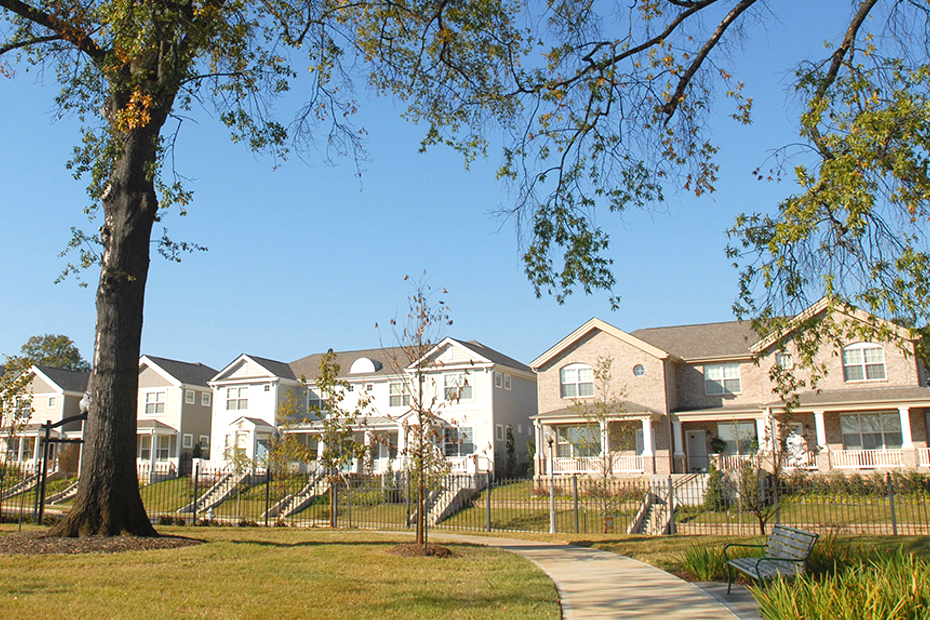University Place in Memphis, Tennessee, is an excellent example of the principles of New Urbanism, a design movement that promotes walkable, mixed-use neighborhoods that prioritize human-scale development and community interaction. This vibrant neighborhood, located near the University of Memphis, embodies the ideals of New Urbanism and has transformed into a lively and sustainable community over the years.
University Place owes its origins to the establishment of the University of Memphis in the early 20th century. As the university grew, it influenced the surrounding area and led to the development of a diverse and thriving neighborhood. Today, University Place is a unique blend of academic institutions, residential spaces, businesses, and amenities.
One of the key features that make University Place stand out is its emphasis on walkability. The neighborhood has been carefully designed to prioritize pedestrian-friendly streets, with wide sidewalks, tree-lined avenues, and dedicated cycling paths. This encourages residents and visitors to walk or bike instead of relying on cars, fostering a sense of community, promoting physical activity, and reducing reliance on private vehicles.
The mixed-use nature of University Place is another defining characteristic of the neighborhood. Here, residential buildings, commercial spaces, and academic facilities coexist in close proximity, creating a lively and interconnected community. This mix of land uses allows residents to live, work, and play within a compact and accessible area, reducing the need for long commutes and fostering a sense of community.
The architecture and design of University Place reflect the principles of New Urbanism. The buildings are characterized by their human scale, with a focus on creating a sense of place and fostering community interaction. The streetscapes are adorned with public art, green spaces, and pocket parks, providing opportunities for recreation, relaxation, and socialization.
The neighborhood’s proximity to the University of Memphis is a significant factor in its uniqueness. The university acts as an intellectual and cultural hub, attracting students, faculty, and researchers from diverse backgrounds. This creates a dynamic environment where ideas are exchanged, events and lectures take place, and learning extends beyond the classroom. The university’s presence also contributes to the neighborhood’s vibrancy, with an array of amenities and services catering to the needs of the academic community.
Additionally, University Place is characterized by its sustainable and environmentally friendly practices. The neighborhood prioritizes green infrastructure, including rain gardens, bioswales, and permeable paving, which help manage stormwater runoff and reduce the impact on the local ecosystem. The emphasis on walkability and mixed-use development also reduces reliance on cars, leading to reduced traffic congestion and improved air quality.
University Place in Memphis, Tennessee, exemplifies the principles of New Urbanism. The neighborhood’s walkability, mixed-use development, emphasis on community interaction, and sustainable practices make it a unique and interesting place to live, work, and visit. The presence of the University of Memphis further enhances the neighborhood’s vibrancy and intellectual atmosphere. University Place serves as a testament to the successful implementation of New Urbanism principles, creating a livable, sustainable, and engaging community in the heart of Memphis.
